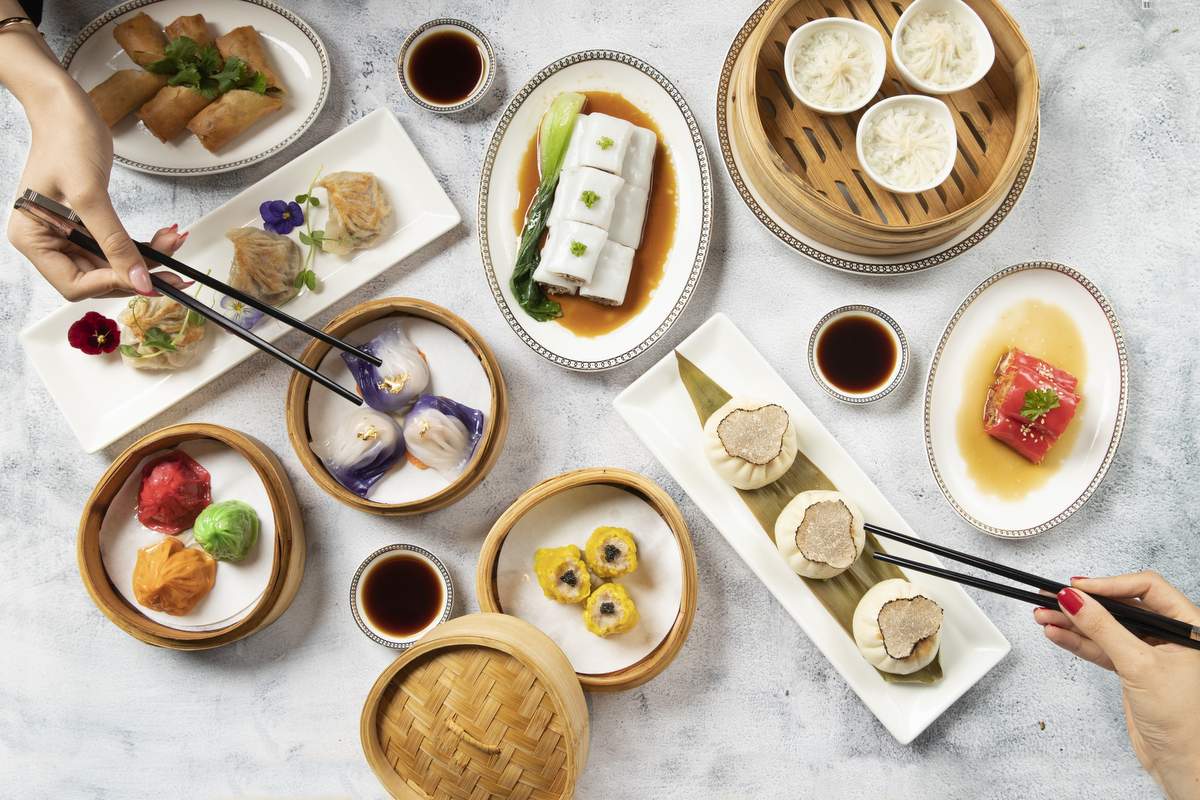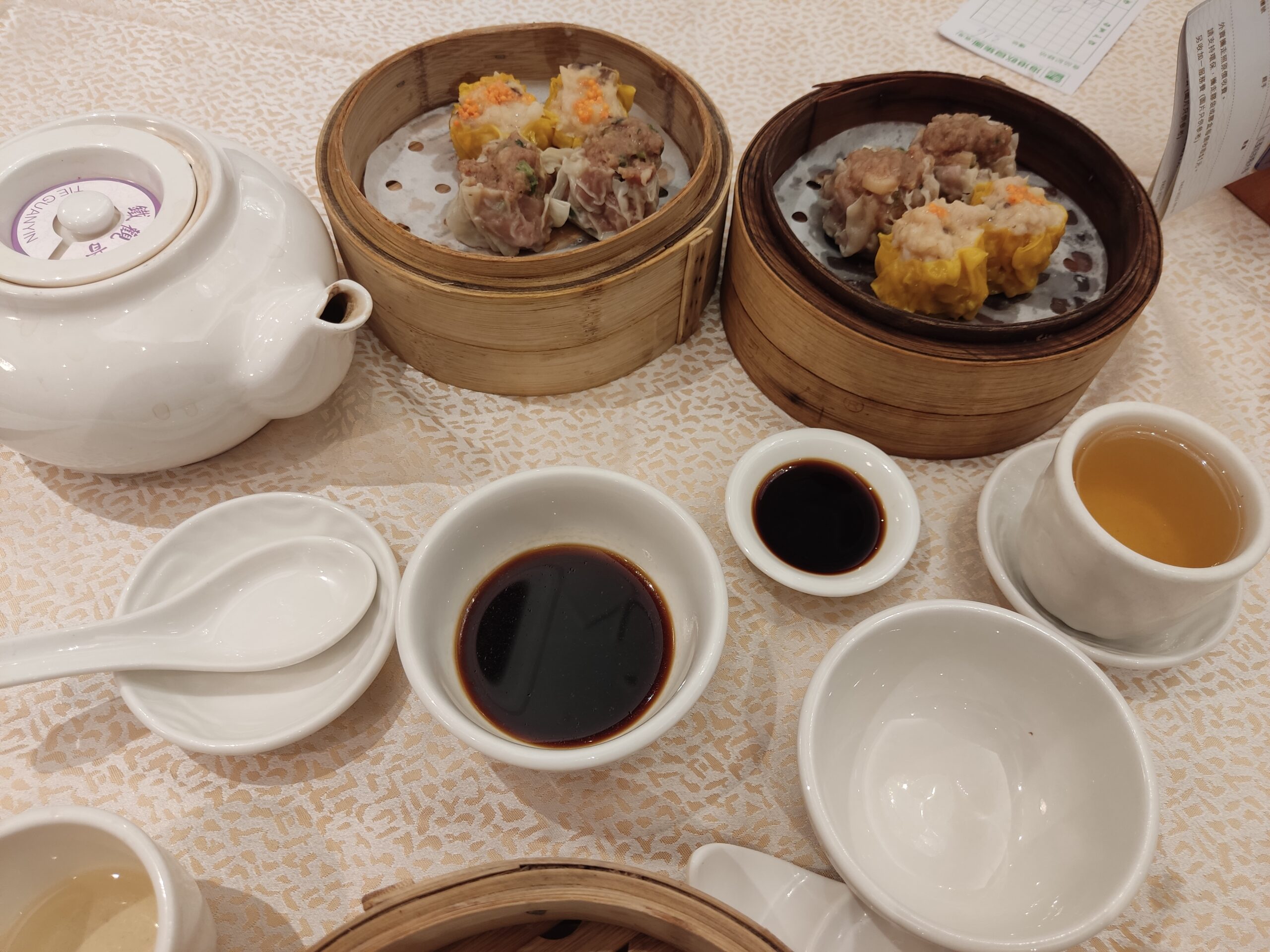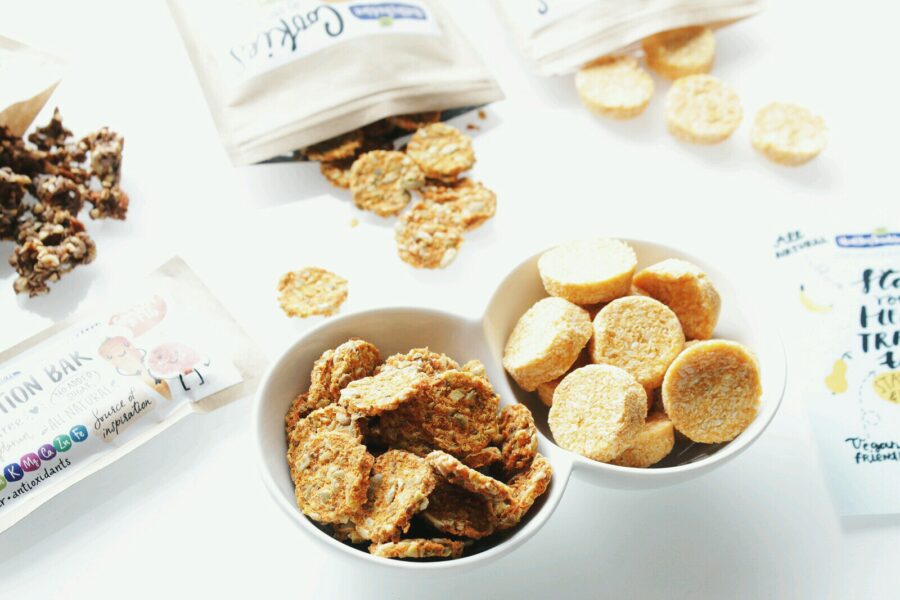Dim sum, a traditional Chinese cuisine, is known for its small, delicate bites that are perfect for sharing. Often enjoyed during tea time, these dishes range from steamed buns and dumplings to pastries and rolls. Making dim sum at home can be a delightful exploration of flavors and techniques, bringing a taste of Chinese culinary tradition to your kitchen.
Steamed Dumplings: A Fundamental Delight
A quintessential part of any dim sum spread, steamed dumplings come in various fillings and shapes. Siu mai (open-topped dumplings) and har gow (shrimp dumplings) are popular choices. Making these involves preparing a simple dough, crafting fillings from a mix of meats, seafood, and vegetables, and then carefully folding them into their unique shapes before steaming to perfection.
Baozi: The Fluffy Steamed Buns
Baozi, or steamed buns, are soft, fluffy, and often filled with sweet or savory mixtures. The classic char siu bao, filled with barbecued pork, is a favorite. Preparing baozi involves making a yeast-leavened dough, filling it with your choice of mixture, and steaming the buns until they are pillowy and soft.
Rice Noodle Rolls: Silky and Savory
Cheung fun, or rice noodle rolls, are made from a thin batter of rice flour and water, spread thinly over a cloth stretched over boiling water. The sheet is steamed until just set, then typically filled with shrimp, beef, or char siu, and rolled up. It’s a delicate process but yields a deliciously silky texture.
Turnip Cakes: A Savory Classic
Turnip cakes, made from grated daikon radish and rice flour, are steamed and then pan-fried until crispy on the outside. They can be enhanced with ingredients like dried shrimp, mushrooms, and Chinese sausage for added flavor and texture.
Dessert Bites: A Sweet Finish
No dim sum experience is complete without a sweet touch. Traditional desserts like egg tarts, with their flaky pastry and sweet custard filling, or steamed sponge cakes, light and fluffy with a hint of sweetness, are perfect to end the meal.
Pairing with Tea
Traditionally, dim sum is accompanied by tea. Choose teas like oolong, jasmine, or pu-erh to complement the flavors of the dishes.
The Joy of Sharing
One of the joys of dim sum is the variety and the sharing aspect of the meal. Preparing a range of dishes allows for a communal and interactive dining experience, perfect for gatherings with family and friends.
Conclusion: A Culinary Adventure at Home
Making dim sum at home is a rewarding culinary adventure. It allows you to experiment with a range of flavors and techniques, creating a spread that is as delightful to look at as it is to eat. Whether you’re a seasoned cook or a novice, the art of dim sum offers a unique way to explore Chinese culinary traditions and enjoy a meal that’s truly special.





